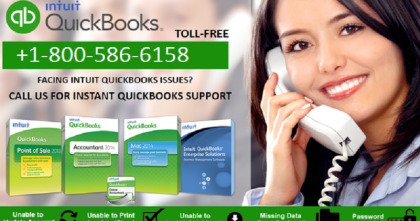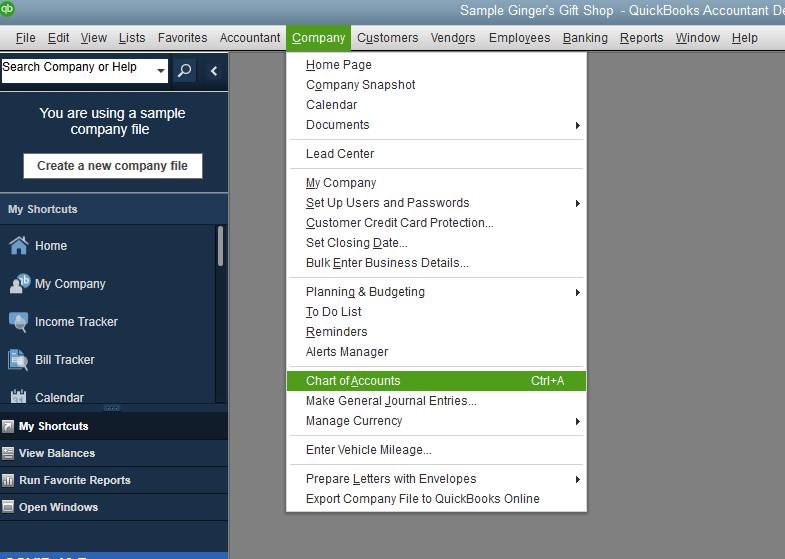

- #QUICKBOOKS ONLINE CUSTOMER SERVICE HOURS INSTALL#
- #QUICKBOOKS ONLINE CUSTOMER SERVICE HOURS CODE#
- #QUICKBOOKS ONLINE CUSTOMER SERVICE HOURS SERIES#
- #QUICKBOOKS ONLINE CUSTOMER SERVICE HOURS DOWNLOAD#
May I know what specific assistance you need? Thanks for joining on this thread, here to make sure you’re taken care of. Please let me know if you need further assistance. Refer to this article for more details and go to Solution 2: QuickBooks Desktop doesn't start or won't open. If you get the same problem, you can suppress the QuickBooks Desktop application.
#QUICKBOOKS ONLINE CUSTOMER SERVICE HOURS INSTALL#
#QUICKBOOKS ONLINE CUSTOMER SERVICE HOURS DOWNLOAD#
You can download the QuickBooks Tool Hub.
#QUICKBOOKS ONLINE CUSTOMER SERVICE HOURS CODE#
Can you share with me if you've encountered an error code or message when trying to open the program? This way, I'll be able to narrow down the issue and provide an accurate solution to your concern.

Connect with us if you need assistance.Hi, here to make sure that you'll be able to access your QuickBooks. We’re always available to take your questions and help you with setup and/or daily implementation. Call on Usĭid you make a resolution to start using QuickBooks Online this year? The site was built for use by business managers, not accountants, but it can still be a little daunting at first. You can do all of these activities elsewhere in QuickBooks Online, but it’s convenient to be able to work directly from the Customers screen, too. Click on any of these to open a list of pertinent transactions. Each represents the current status of a specific transaction type: Estimates, Unbilled Activity, Overdue, Open Invoices, and Paid Last 30 Days.

#QUICKBOOKS ONLINE CUSTOMER SERVICE HOURS SERIES#
When you click on the down arrow next to a field in the Action column, a drop-down list will display the options available for that customer, like Receive payment, Send reminder, and Create Statement.Ī series of colored bars runs across the top of the screen. On this screen, though, you’ll only see columns for Customer/Company, Phone, Open Balance, and Actionby default click the gear icon in the upper right if you want to include more columns here. Click on one to open the page containing the Transaction List and Customer Details.

The main section displays a table of your customers. The Customers page consists of many elements. When you click on Sales | Customers now, you’ll see something like this: It will save time down the road, and their accessibility will help with other accounting tasks. You can always add new customers as you go along, but it’s a good idea to enter records for all of them before you start creating transactions. You’ll be able to toggle back and forth between the details you just entered and a list of their transactions. Your new record will appear in your list of customers. Payment and billing – preferred payment and delivery method, payment terms, and opening balanceĪttachments – any files pertaining to this customer that you want to include Tax info – exemption details and default tax code (if taxable) Click on each to enter what you can about each customer’s: The lower left quadrant of the screen contains a series of tabbed information windows. A down arrow next to a field indicates that there’s a drop-down list of options available. You’ll need to enter a lot of the information yourself here, mostly contact details. To create a new customer record, click New Customer off to the right to open the Customer Information window. Click Sales in the main toolbar, then the Customers tab at the top of the screen. QuickBooks Online offers thorough, flexible record templates for just that purpose. The core of any good customer-tracking system is a comprehensive set of individual profiles. But have you explored all the customer relationship management tools available to you on the site? Thorough Records If you’re already using QuickBooks Online, you know those days are over. Unless you had an unusually effective organization system, it was probably difficult to find historical transactions when customers called with questions, for example, and you may have experienced cash flow problems because it was hard to keep up with invoices and statements and payments. Maybe you had a card file and paper folders – and lots of sticky notes and calendar notations. If you’ve been in business long enough to remember tracking your customers manually, you probably remember what a nightmare it was.


 0 kommentar(er)
0 kommentar(er)
